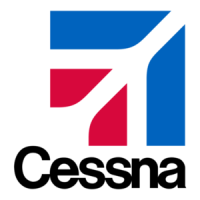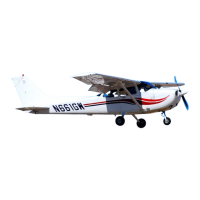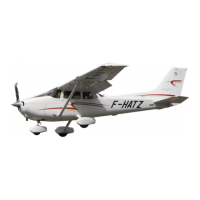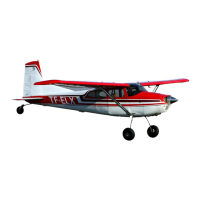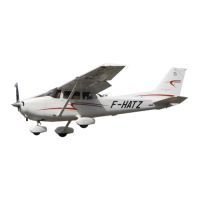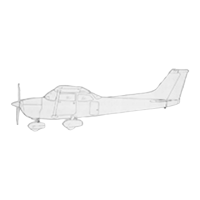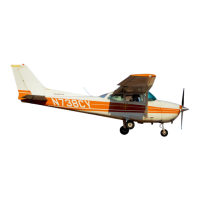SECTION
4
NORMAL PROCEDURES
CESSNA
MODEL
182T
NAV Ill
PREFLIGHT INSPECTION
(Continued)
@
NOSE
1.
Static Source Opening (right side of fuselage)
-
CHECK
I
(Verify opening is clear)
2.
Fuel Strainer Quick Drain Valve (Located on lower right side
of engine cowling)
-
DRAIN
Drain at least a cupful of fuel (using sampler cup) from valve
to check for water, sediment, and proper fuel grade before
each flight and after each refueling. If water is observed,
take further samples until clear and then gently rock wings
and lower tail to the ground to move any additional
I
contaminants to the sampling points. Take repeated
samples from all fuel drain points, including the fuel return
line and fuel selector, until all contamination has been
removed. If contaminants are still present, refer to
WARNING below and do not fly the airplane.
I
NOTE
Collect all sampled fuel in a safe container. Dispose
of the sampled fuel so that it does not cause a
nuisance, hazard, or damage to the environment.
WARNING
I
IF, AFTER REPEATED SAMPI-ING, EVIDENCE OF
CONTAMINATION STILL EXISTS, THE AIRPLANE
SHOULD NOT BE FLOWN. TANKS
SHOULD BE
DRAINED AND SYSTEM PURGED BY QUALIFIED
MAINTENANCE PERSONNEL. ALL EVIDENCE OF
I
CONTAMINATION MUST BE REMOVED BEFORE
FURTHER FLIGHT.
3.
Engine Oil DipsticWFiller Cap
-
CHECK oil level, then check
dipsticWfiller cap SECURE.
Do
not operate with less than
1
4
quarts. Fill to
9
quarts for extended flight.
4.
Engine Cooling Air Inlets
-
CLEAR of obstructions
5.
Propeller and Spinner
-
CHECK (for nicks, security and no
I
red oil leaks)
6.
Air Filter
-
CHECK for restrictions by dust or other foreign
matter.
(Continued Next Page)
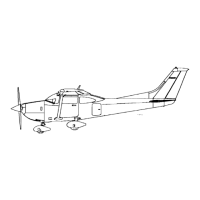
